Odroid Go Advance Announced
Hardware manufacturer HardKernel consistently offers a slate of superb single-board computers and maker components. SBCs such as the Odroid XU4, N2, and H2 provide affordable, powerful alternatives to the Raspberry Pi. The Odroid Go do-it-yourself handheld gaming console ushered in an easy-to-build emulation device for portable gaming. Now, Hardkernel unveils its Odroid Go Advance, an updated iteration of its Odroid Go DIY handheld emulator gadget line up.
Odroid Go Advance - A Powerful, Portable Retro Gaming Handheld
Compared to the Odroid Go, the Odroid Go Advance swaps the GameBoy Color form factor for a GameBoy Advance layout. However, changes are more than exoskeleton deep. Whereas the vanilla Odroid Go rocks an ESP32 microcontroller, Hardkernel graces the Odroid Go Advance with a RockChip RK3326 system-on-a-chip (SoC). Therefore, the Advance version boasts much more performance capabilities.
This RK3326 RockChip SoC allows for a slew of emulators including the GameBoy, GameBoy Color, Game Gear, NES, Sega Master System, Atari 2600, 5200, and 7800, Atari Lynx, GameBoy Advance, PlayStation 1, Sega CD, SNES, PC Engine, PC Engine CD, and even PSP. That's pretty impressive, particularly for such a modestly-sized device. That alone makes the Odroid Go Advance among the more capable and competent DIY handheld gaming consoles on the market, a notch or two above its predecessor as well as the Clockwork Pi Gameshell and the RetroFlag GPi with its Raspberry Pi Zero. There's a clear trend of gaming handhelds on the rise. This is apparent in DIY devices like the Odroid Go and Advance, GameShell, and GPi, as well as off-the-shelf units such as the massively popular Nintendo Switch.
The RockChip RK3326 quad-core ARM Cortex-A35 1.35GHz SoC is paired with a Mali-G31 GPU, 1GB of DDR3 RAM, and 16MB of SPI flash storage. There's a microSD card slot for storage. For its display, the Odroid GO Advance features a 3.5-inch 320x480 TFT LCD screen. There's an earphone jack plus a 0.5-watt 8-ohm mono speaker. A 3000mAh battery provides up to 10 hours of playtime. Input/output (I/O) connectivity includes a USB 2.0 port and 10-pin GPIO header. Overall, the Odroid Go Advance comes as a solid update to an already respectable device. The Advance hits retailers like AmeriDroid in late January 2020.
Odroid GO Advance specs:
- SoC: RockChip RK3326 (Quad-Core ARM Cortex-A35 1.3GHz)
- GPU: Mali-G31 Dvalin
- 1GB RAM (DDR3L 786Mhz, 32 Bits bus width)
- SPI Flash(16Mbytes Boot)
- microSD card slot (UHS-1 capable interface)
- 3.5inch 320×480 TFT LCD display (ILI9488, MIPI interface)
- Headphone jack, 0.5Watt 8Ω Mono
- Li-Polymer 3.7V/3000mAh battery with up to 10 hours of continuous usage
- 2.5mm diameter DC plug
- USB 2.0 Host x 1, 10-pin port (I2C, GPIO, IRQ at 3.3Volt)
- Input Buttons: F1, F2, F3, F4, F5, F6, A, B, X, Y, Direction Pad, Left Shoulder, Right Shoulder, Analog joystick
Odroid Go Advance emulators list:
- Atari 2600
- Atari 5200
- Atari 7800
- Atari Lynx
- Sega Game Gear
- GameBoy
- GameBoy Advance
- GameBoy Color
- Sega Master System
- Sega Mega Drive
- NES
- PC Engine
- PC Engine CD
- PSX
- Sega CD
- SNES
- PSP





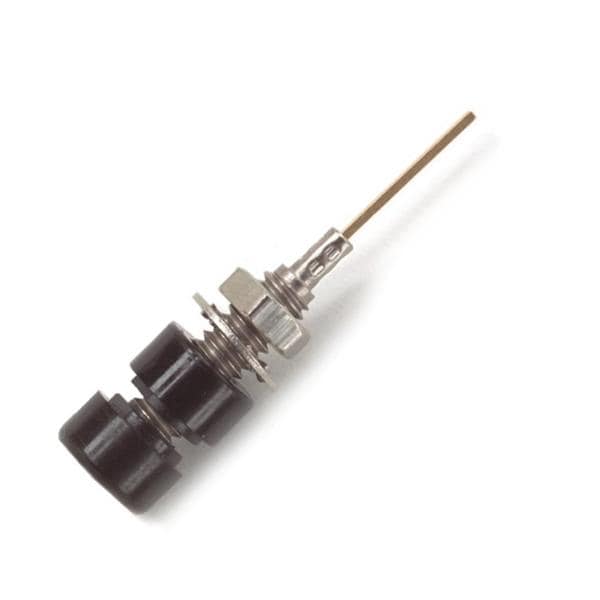
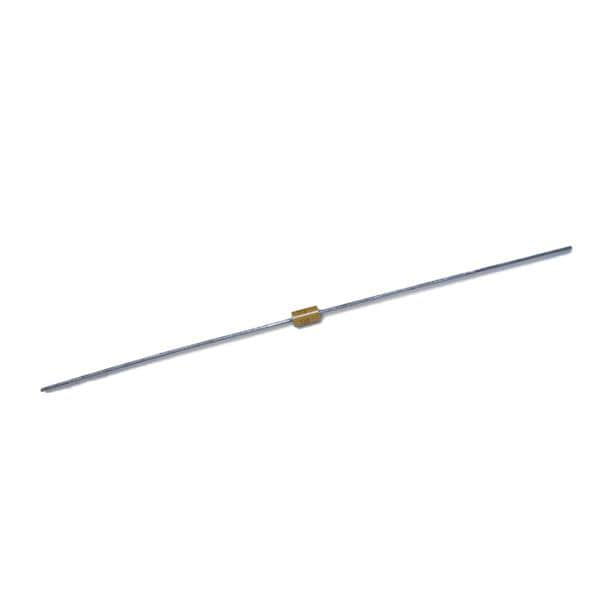
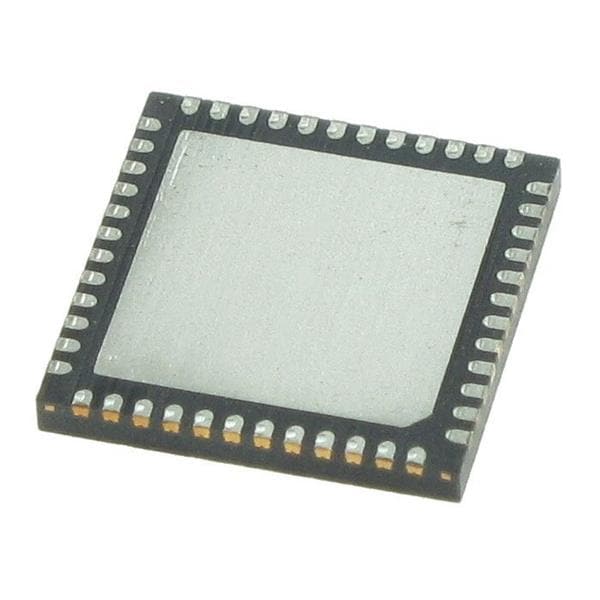
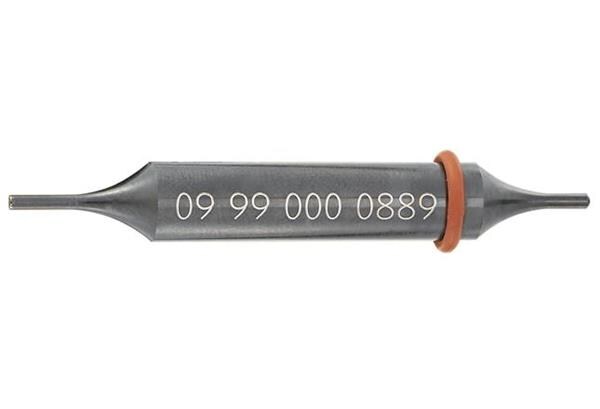
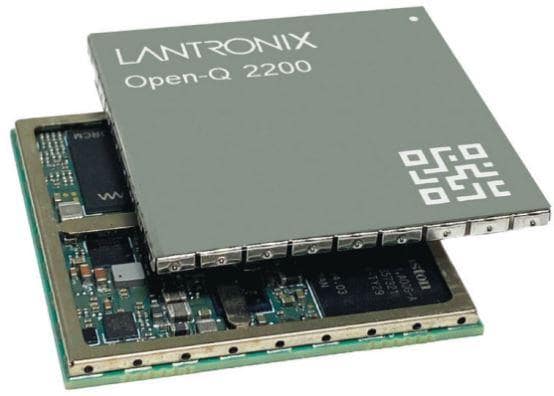
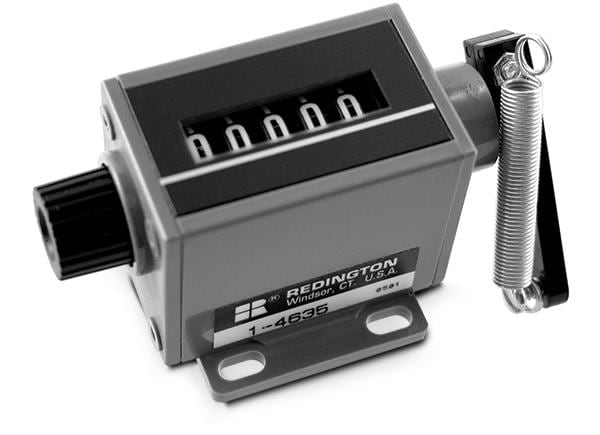
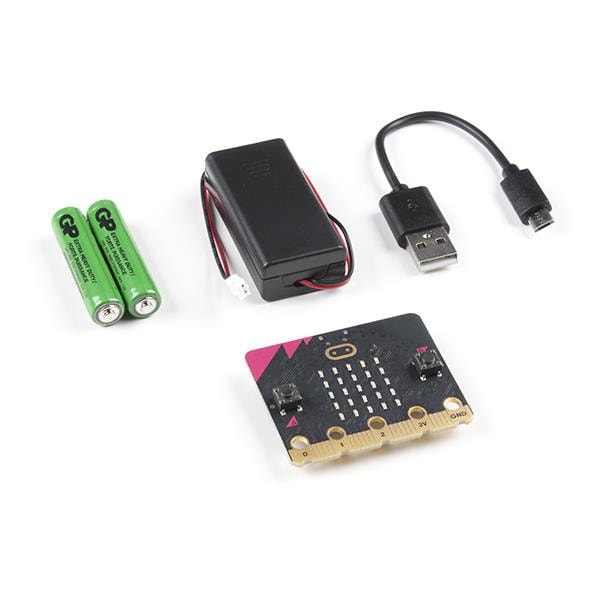
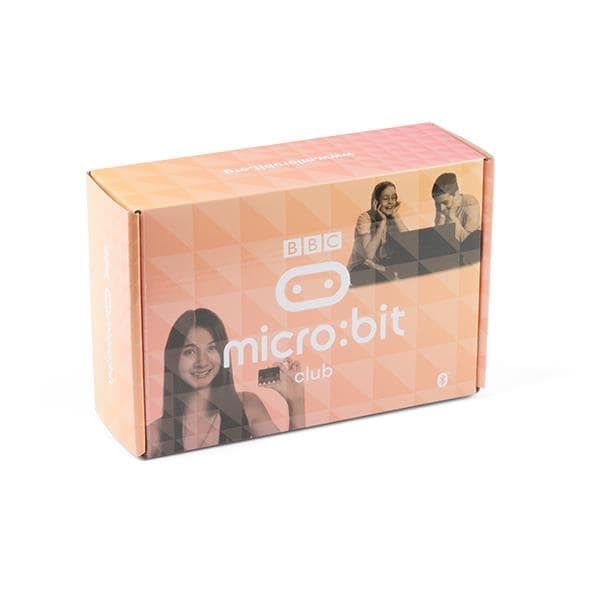
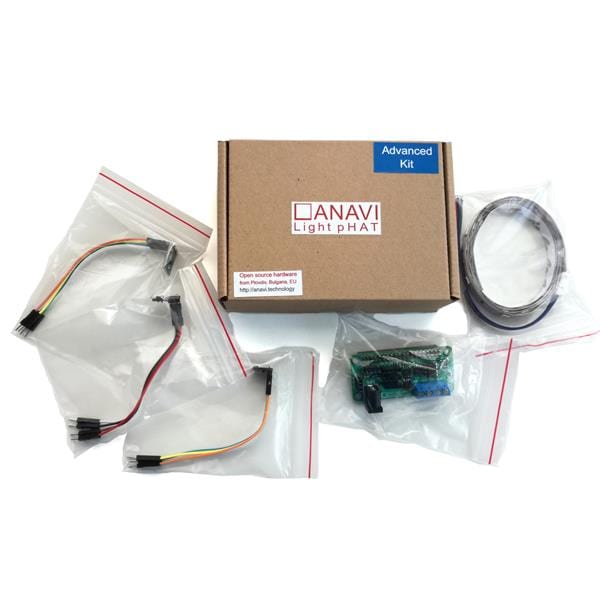
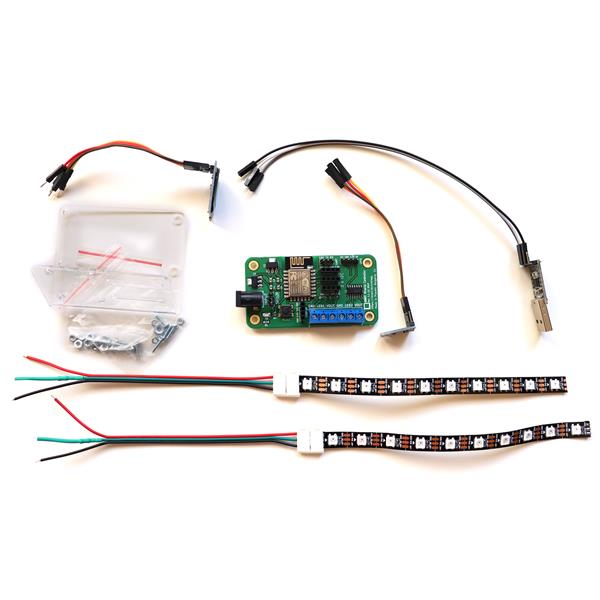
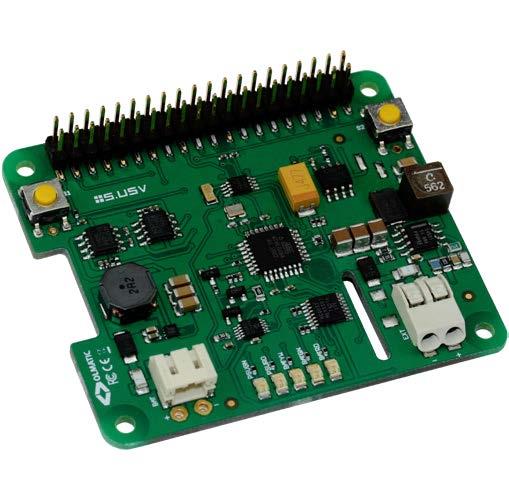
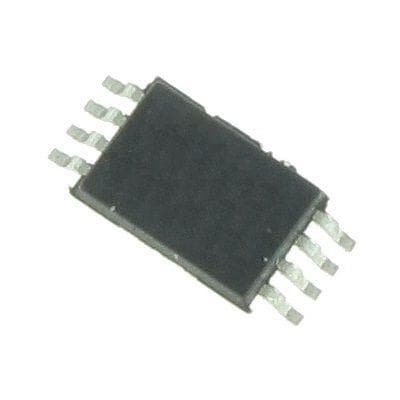
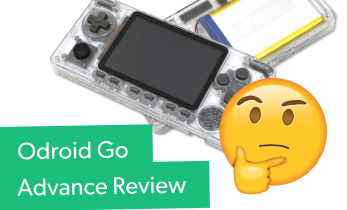
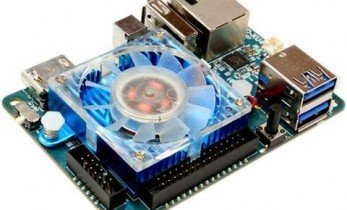
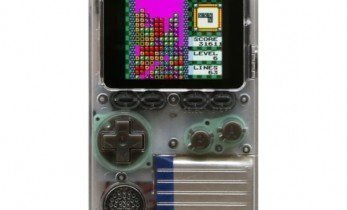
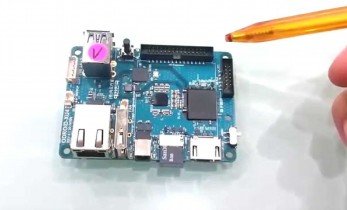
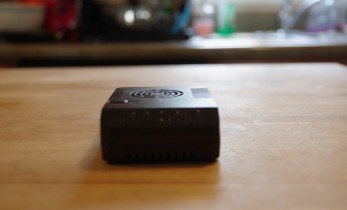

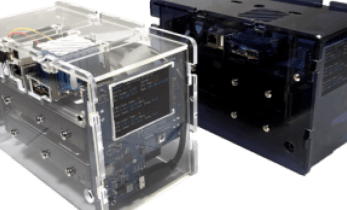

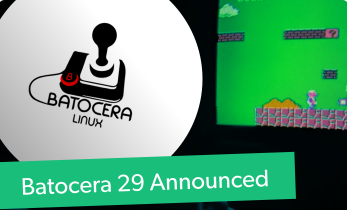
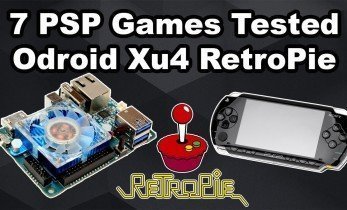





Leave your feedback...